Untitled design (7)
Do you have any thoughts on this post?
Hunting and angling groups joined members of the Iowa delegation to highlight opportunities to enhance conservation programs in the 2018 Farm Bill
On Friday, congressional staff representing Sen. Joni Ernst, Sen. Chuck Grassley, and Rep. David Young toured four southwest Iowa farm operations that have implemented conservation practices using funding and technical support from the federal Farm Bill. The tour was sponsored by a unique coalition of state and federal natural resource agencies and agriculture, conservation, and hunting and fishing groups working to enhance conservation provisions in the next five-year Farm Bill.
“We appreciate the Iowa delegation’s interest in seeing firsthand the practical application of conservation on private lands, and we hope to see these decision makers go on to lead the conversation about the many benefits of the Farm Bill Title II programs that enhance wildlife habitat, water quality, public access to hunting and fishing, and diverse rural economies,” says Christy Plumer, chief conservation officer for the Theodore Roosevelt Conservation Partnership.
The tour highlighted Farm Bill projects that have led to the recovery of pheasant and bobwhite quail habitat, wetlands restoration, nutrient loss and soil erosion prevention, improvements to water quality, enhancement of voluntary public access for hunting and fishing, and efforts to incentivize putting marginal lands into conservation instead of agriculture. The conservation discussion continued after lunch at the Winterset Gun Club with representatives from the TRCP, Iowa Soybean Association, National Bobwhite Conservation Initiative, Pheasants Forever, Quail Forever, National Association of Conservation Districts, and Iowa Department of Natural Resources.
“It’s easy to appreciate the appeal of or need for Farm Bill conservation cornerstones like the Conservation Reserve Program or Environmental Quality Incentives Program when you see quail, pheasants, and pollinators restored with native vegetation on the landscape,” says Tom Franklin, agriculture liaison for the National Bobwhite Conservation Initiative. “In Iowa, the results are real and tangible, and we appreciate the opportunity to show lawmakers those results.”
In a recent national survey of hunters and anglers, 75 percent agreed with providing financial incentives to farmers and ranchers to implement habitat conservation, and 87 percent said they do not want to see cuts to conservation programs, in the upcoming 2018 Farm Bill or anywhere else. This summer, the TRCP’s Agriculture and Wildlife Working Group revealed its list of recommendations for conservation and sportsmen’s access priorities in the 2018 Farm Bill, which Congress needs to finalize by September 30 of next year.
“There’s no question that hunters and anglers are at the table as the Farm Bill debate ramps up, because fewer resources for conservation on private lands means fewer options for American farmers and the loss of access and opportunity for sportsmen and women who spend money in rural communities,” says Eric Sytsma, regional representative for Iowa Pheasants Forever and Quail Forever. “I think our message to congressional staff on the tour was that cuts to conservation in the Farm Bill would be felt across the state, by farmers, hunters, and the folks who run gas stations, motels, diners, and other small businesses.”
Read the full list of recommendations for growing conservation in the next Farm Bill, supported by 31 hunting and fishing organizations.
After nearly two decades of drought, the Colorado River Basin needs this boost to private land conservation to support agriculture, outdoor recreation businesses, and a growing population
Even as the Colorado River enters a 17th year of drought conditions, 35 million people and hundreds of thousands of businesses across seven U.S. states are creating an unsustainable level of demand on this stressed waterway. The mighty Colorado, of such strength that it continues to carve out the Grand Canyon, no longer reaches the sea. And future projections for the river system—based on population growth, increasing temperatures, and changing weather patterns—are troublesome to say the least.
But the 2018 Farm Bill could provide some relief for the overtaxed Colorado. Here are four ways that the conservation programs we already know are good for wildlife and water quality can also support innovation and the long-term health of the river.
Recent figures indicate the Colorado River supports an estimated 16 million jobs with a $1.4 trillion economic impact. Along with agriculture, outdoor recreation is a significant economic driver in the region. By one estimate, outdoor recreation in the Colorado River Basin contributes more than $27 billion annually to the region’s economy. The seven states within the river basin—Arizona, California, Colorado, Nevada, New Mexico, Utah, and Wyoming—attract 1.37 million hunters and 4.2 million anglers annually.
All of this economic activity relies upon the Colorado River system’s ability to sustain fish and wildlife.
But roughly 90 percent of agricultural land in the Colorado River Basin is irrigated by off-farm water-delivery systems, which are not eligible for most Farm Bill conservation program assistance. Many Farm Bill programs are also currently limited when it comes to deficit irrigation, a practice that helps farmers in the Colorado River Basin save water while maintaining important land in production and could help plants “learn” to adapt to drought.
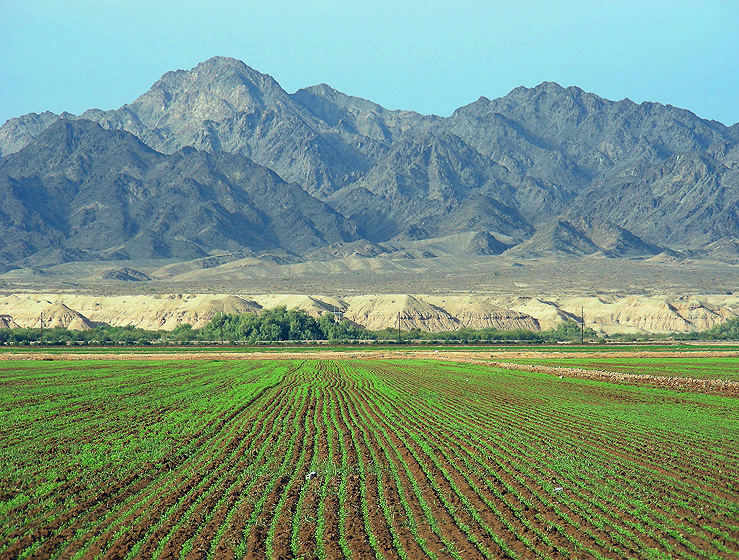
In the next Farm Bill, it may be possible to enhance the flexibility of conservation provisions for the Colorado River and Western farmers and ranchers. Here are four things we’d like to see:
Use the Environmental Quality Incentives program to improve the infrastructure that supports off-farm irrigation. Landowners already use EQIP projects to improve their on-farm water efficiency and, often, because the farmer can divert less water from the stream, they improve stream habitat at the same time. Allowing the Natural Resources Conservation Service to work directly with irrigation districts and the companies that oversee and maintain reservoirs and irrigation ditches would improve the effectiveness of water use on private lands across the West.
Address drought and water conservation practices within the Conservation Reserve Program. For more than 30 years, this popular program has incentivized farmers and ranchers to selectively take land out of production to achieve conservation outcomes, like improving soil and water quality, reducing erosion and nutrient runoff, and enhancing wildlife habitat. Expand it to acres where it might improve water conservation efforts, and give landowners even more options for a successful business plan.
Waive some acreage limits within the Watershed Protection and Flood Prevention Program for projects that address regional drought concerns. Because watersheds in the West are typically larger than in the eastern half of the country, the acreage limits in the program make it difficult for Western irrigators to access these funds. Removing those caps would allow landowners to use Farm Bill dollars to build drought resiliency.
Help innovative partnerships enroll in the Regional Conservation Partnership Program. Already popular since its introduction in the 2014 Farm Bill, RCPP allows landowners to partner with organizations to improve soil, water, and wildlife habitat conditions, but enrollment has been cumbersome so far. The next Farm Bill should clarify this funding arrangement and create the flexibility to promote conservation innovations at the landscape scale.
The TRCP and our partners will be working to inform decision makers in the Colorado River Basin states and key Farm Bill architects of the benefits these enhancements could make. But as the debate around the next Farm Bill continues and comes to a head in 2018, it’s very likely that there are private lands, waterways, and wildlife habitat at stake where you live. Join the TRCP to be the first to know about ways you can support these ideas and other recommendations that are good for landowners, habitat, outdoor recreation, and rural America.
Top photo by USDA via flickr
Anaconda-Deer Lodge county commissioners join a growing list of elected officials across the West to pass resolutions of support for public lands, and they are urging other Montana counties to follow suit
After passing a resolution opposing any effort to transfer or sell federal public lands to the state or local governments, the Anaconda-Deer Lodge County Commission is trying to rally other Montana county governments around the value of public lands.
In a late-September meeting, Anaconda-Deer Lodge county commissioners voted unanimously to officially recognize the importance of public lands to the county’s 10,000 residents for attracting outdoor recreation tourism that drives the local economy. The Anaconda Sportsman’s Club approached the county commissioners about a public lands resolution, resulting in the vote. Nearby Georgetown Lake is a year-round fishing destination, and hunters from across the country come to the Pintler Mountains and Lost Creek to pursue elk, mule deer, and world-class bighorn sheep. The county seat of Anaconda is also located within driving distance of some of the most iconic national forests in Montana, Idaho, and Wyoming, with numerous opportunities for hunting, fishing, wildlife watching, hiking, skiing, and backpacking.
Now, the ADL commissioners have sent a copy of the resolution with a letter to elected officials in every Montana county, urging them to take up official statements of support for America’s public lands and oppose public land transfer as a “short-sighted and ill-conceived” idea.
The letter claims that although land transfer has largely been defeated at the local level, special interests and lobbyists are pushing their agenda in Washington, D.C., by convincing lawmakers from states with few public lands that counties in Western states support the idea of transferring ownership. “As fellow Commissioners, we encourage your Commission to pass a similar Resolution supporting federal management of local public lands and honor the dedicated federal employees who manage the public lands and wildlife in your county,” the commissioners write.
“The Anaconda-Deer Lodge County Commissioners and the Anaconda Sportsmen’s Club should be commended,” says Scott Laird, Montana field representative for the Theodore Roosevelt Conservation Partnership. “They’re the first county commission in Montana to pass a resolution supporting our public lands and opposing the transfer of these lands to state or local governments. It’s heartening to see this movement grow at the county and local level, where a vocal minority would have lawmakers believe that Montanans want transfer.”
“The County’s resolution recognizes the importance of public lands,” says Terry Vermiere, chairman of the Anaconda-Deer Lodge County Commission. “These lands bring irreplaceable value to our county’s economy, recreation, heritage, and quality of life.” Ben Krakowka, the county’s attorney adds, “This action was meant to send a message that selling off or giving away public lands is a bad idea. People come here from all over to vacation on our public lands. That opportunity doesn’t exist for many people from the eastern part of the country.”
A total of 30 pro-public-lands resolutions have been passed by county and municipal governments across the West in the past two years. Anaconda-Deer Lodge County is the first in Montana to do so. For links to these resolutions and other official statements of support for public lands, visit sportsmensaccess.org.
Meet the winner of our #PublicLandsPup photo contest and learn what her family loves about hunting and fishing on public lands
We’re excited to announce the winner of our #PublicLandsPup photo contest: Allison Carolan and her Labrador retriever Beau!
With hundreds of photo submissions to choose from, you guys didn’t make it easy for us to pick just one winner. But this lucky pup will receive a new dog bed from Orvis to rest up for her next public-lands adventure.
We talked with the winning #publiclandsproud photographer, Allison Carolan, and asked her to tell us more about the photo, her dog, and what public lands mean to both of them.
CAROLAN: I took this photo in December in the Nemadji River bottoms on public land near Wrenshall, Minnesota. My husband, Andrew, and our 7-year-old Labrador retriever, Beau, and I were looking for grouse at the time, and we had just walked some single tracks for an hour or so before pausing to take in the sunrise over the Nemadji River valley.
It was about three degrees that morning, and everything was covered with hoarfrost in the valley. The frost was so heavy that some of the crystals were blowing off the trees and shimmering in the air in a crazy, otherworldly sort of way. We stopped to stare at the scene and didn’t even care that we hadn’t flushed a single bird yet. It was actually so cold that some of my breath distorted the light just slightly in the photo.
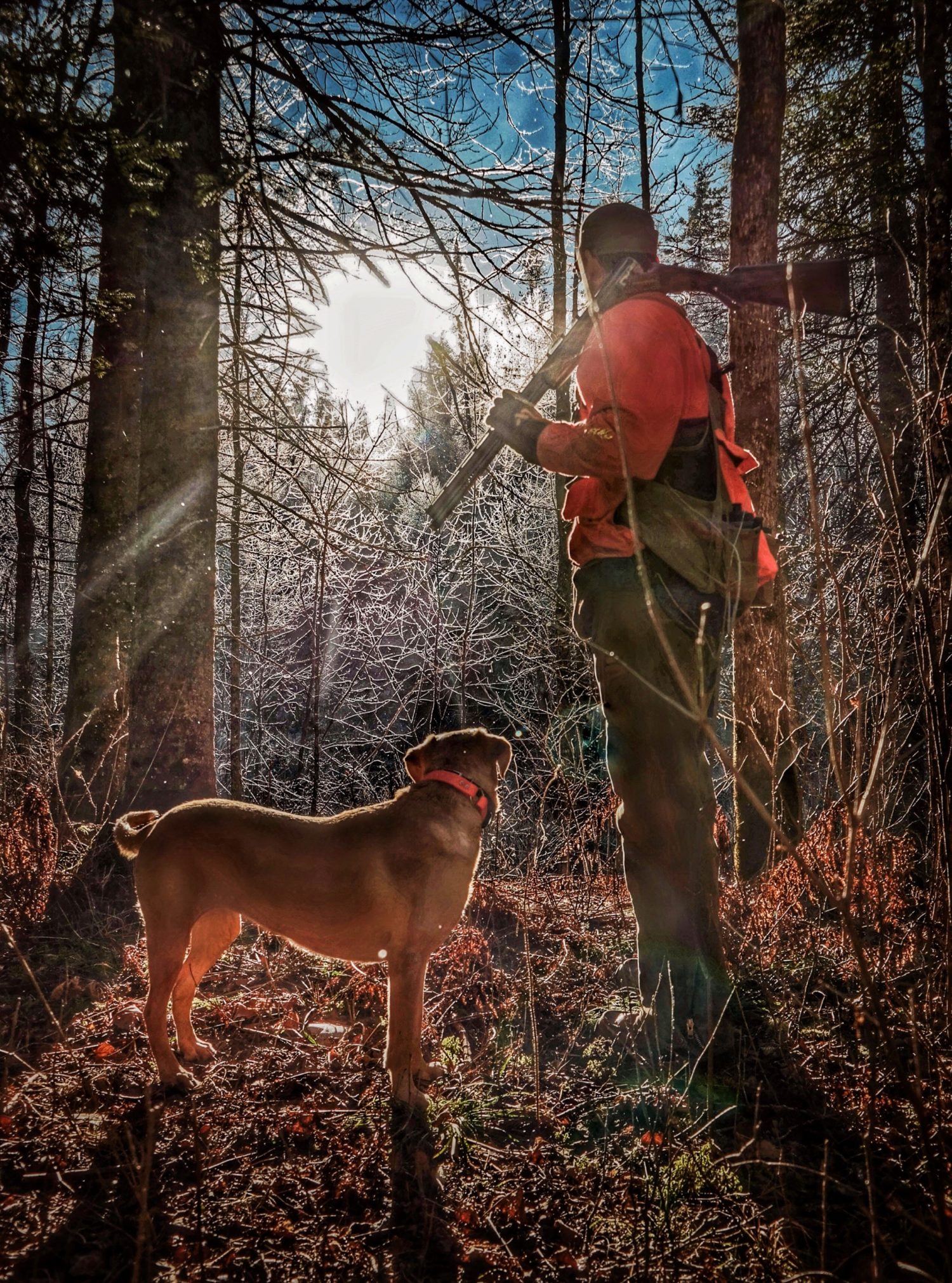
CAROLAN: Beau loves to hunt, especially pheasants, Hungarian partridge, and sharptails. She specializes in long, challenging retrieves on the big grasslands of western Minnesota, North and South Dakota, and central Montana. In fact, at this very moment, Beau is with my husband at a base-camp on public land outside of Lewiston, Mont., on the Pheasants Forever Rooster Road Trip. (You can follow along with the adventure here.)
Beau is a wild bird snob, loves an authentic hunting experience, and we really only take her to hunt on public lands. You can tell she loves the challenge of flushing late-season roosters that are holding tight in thick cover, the ones that other dogs might have missed.
CAROLAN: As for me, I just completed my hunter safety course, but haven’t completed my field day training yet. For now, I’m content to walk along, watch Beau work, take photos, and contribute to the wild game dinners afterward. I am, however, an extreme frequenter of public lands. I’m an ultra-marathon runner and wilderness canoeist, so I spend the vast majority of my free time seeking out and training on all kinds of public lands. I’ve run on the backcountry ATV trails of western Montana, in countless national parks and forests, and around portage trails in the Boundary Waters Canoe Area. In general, the wilder the place, the more I like it. Since I cover a lot of ground in my training, I’m a decent scout for everything from morel mushrooms to rare plants to birdy-looking areas. I sneak up on a lot of grouse during trail runs and take note of good future hunting locations when I find them.
I also grew up trout fishing in the Driftless Area of northeast Iowa and have spent many hours fishing on public lands in that region and out West.
CAROLAN: For sure! Beau will absolutely love the new Orvis bed, and I’ll be putting it in her favorite place in the house—right in front of the fireplace. I’m sure she’ll appreciate it after putting in some hard work this week.
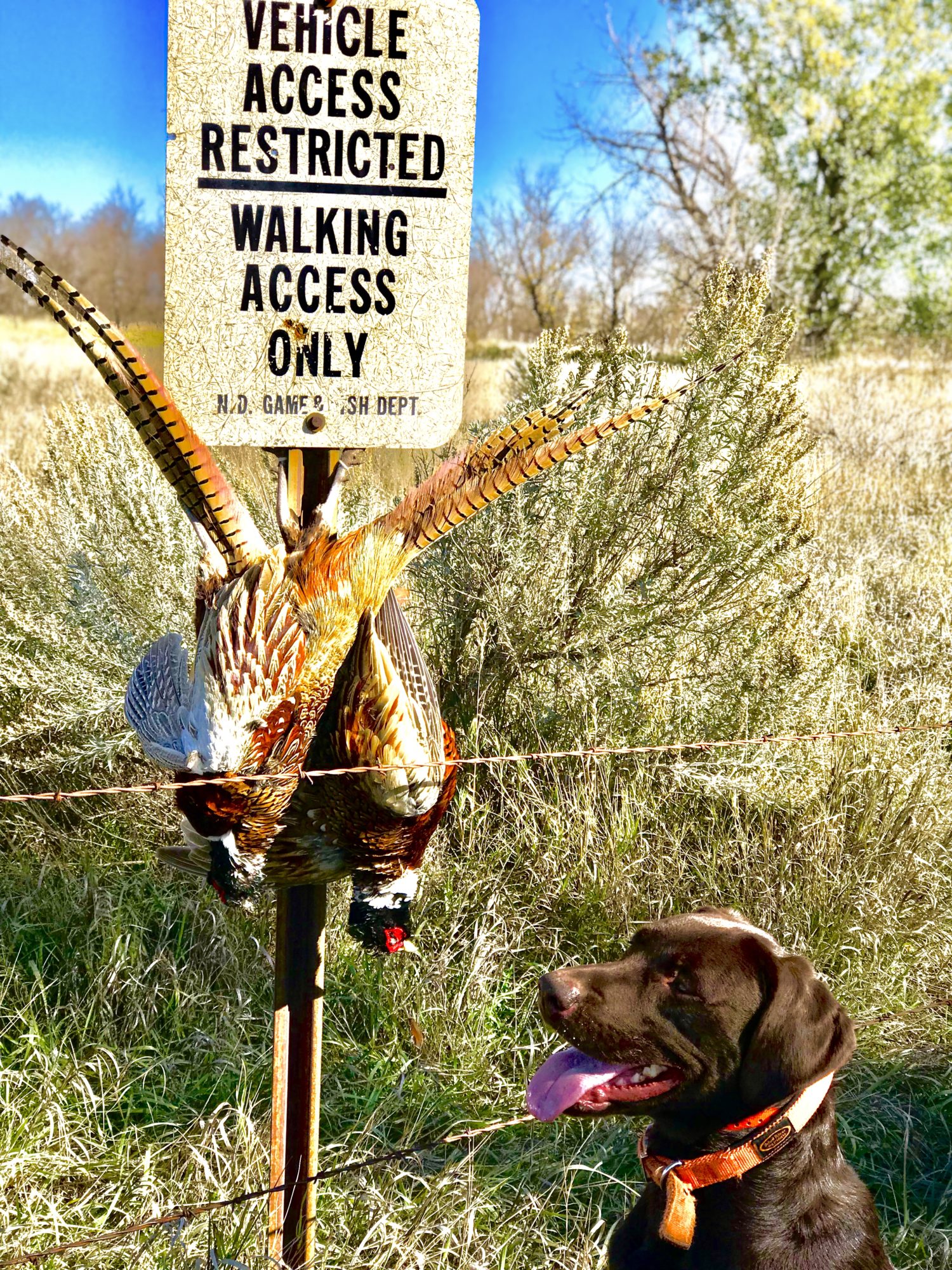
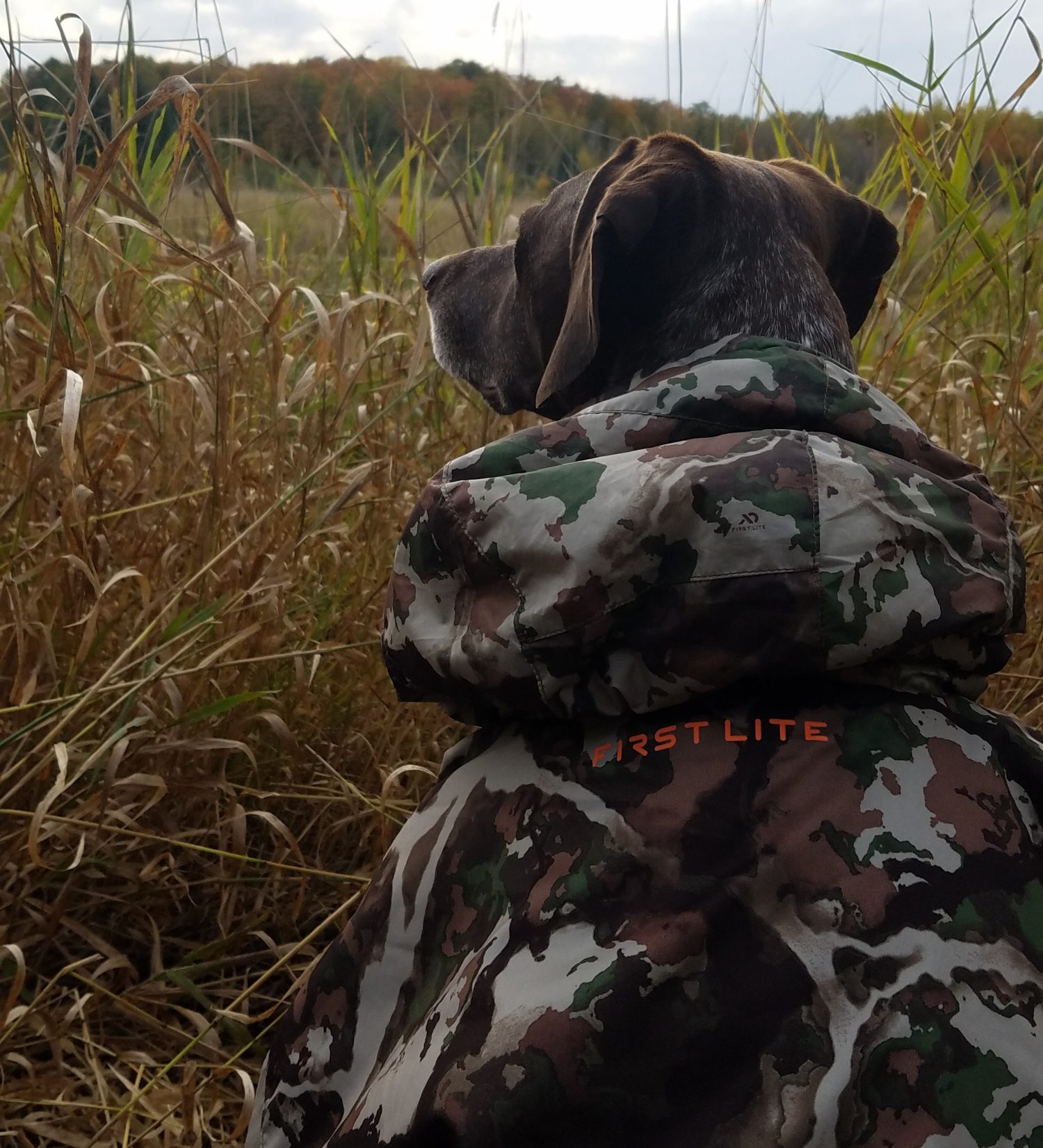
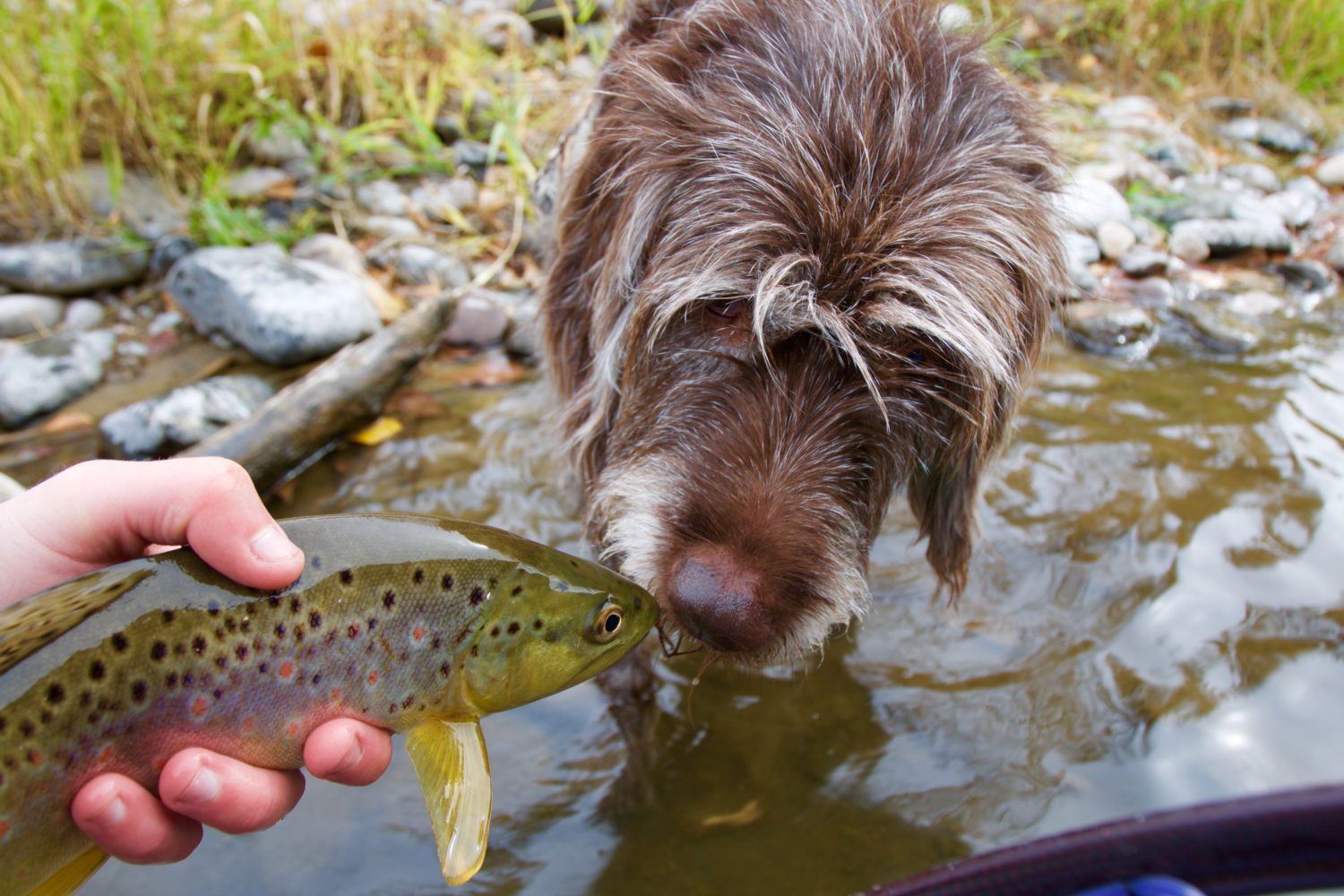
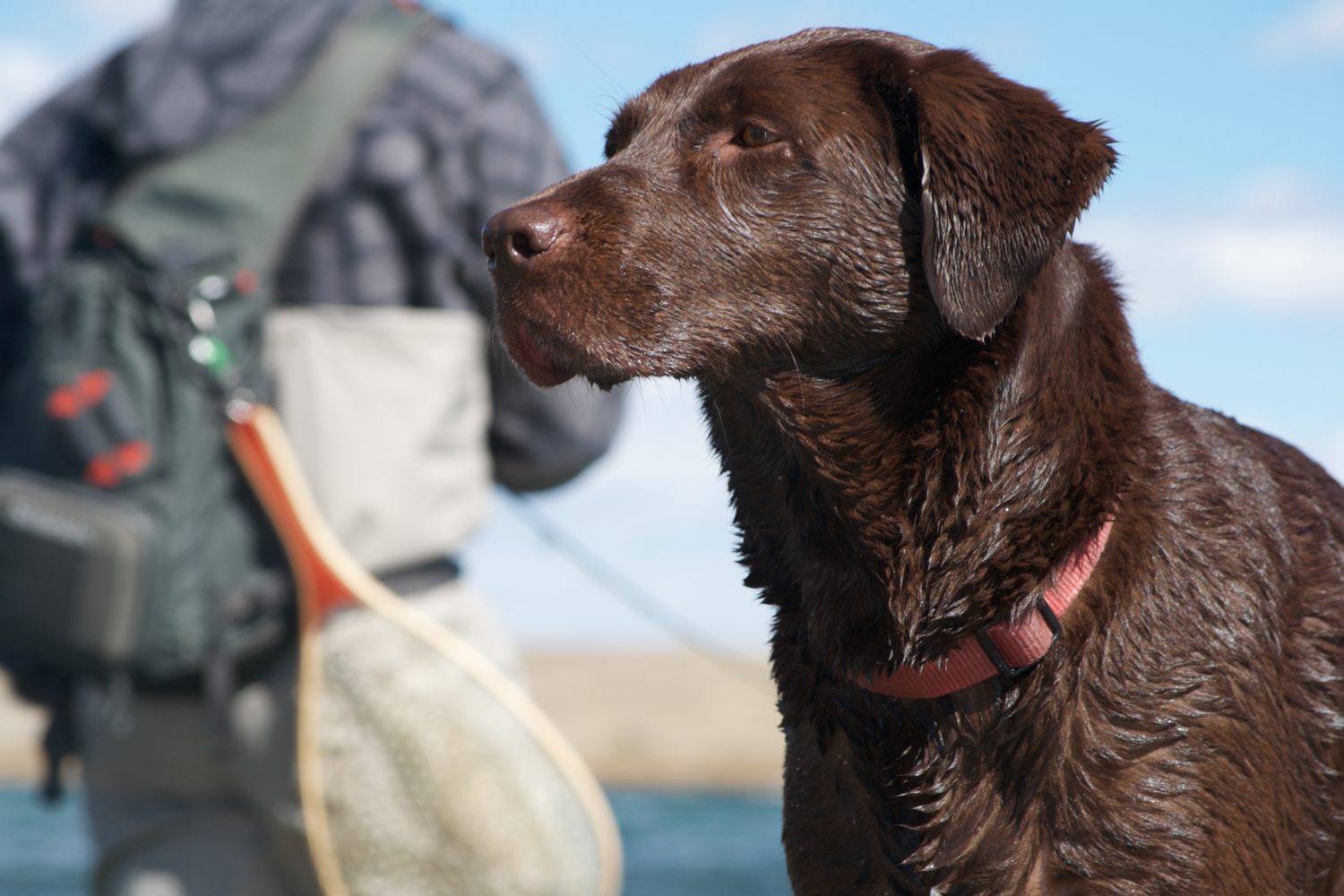
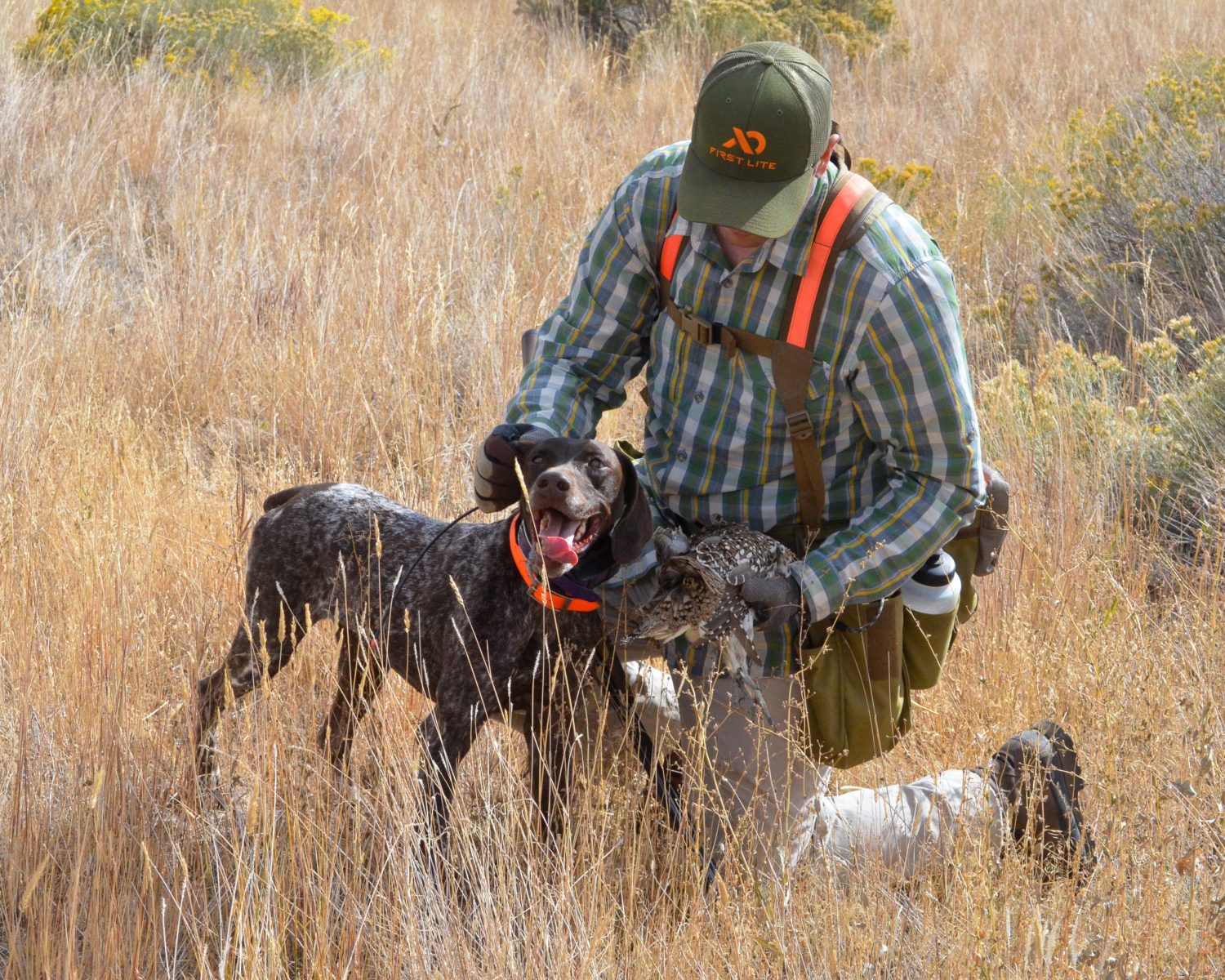
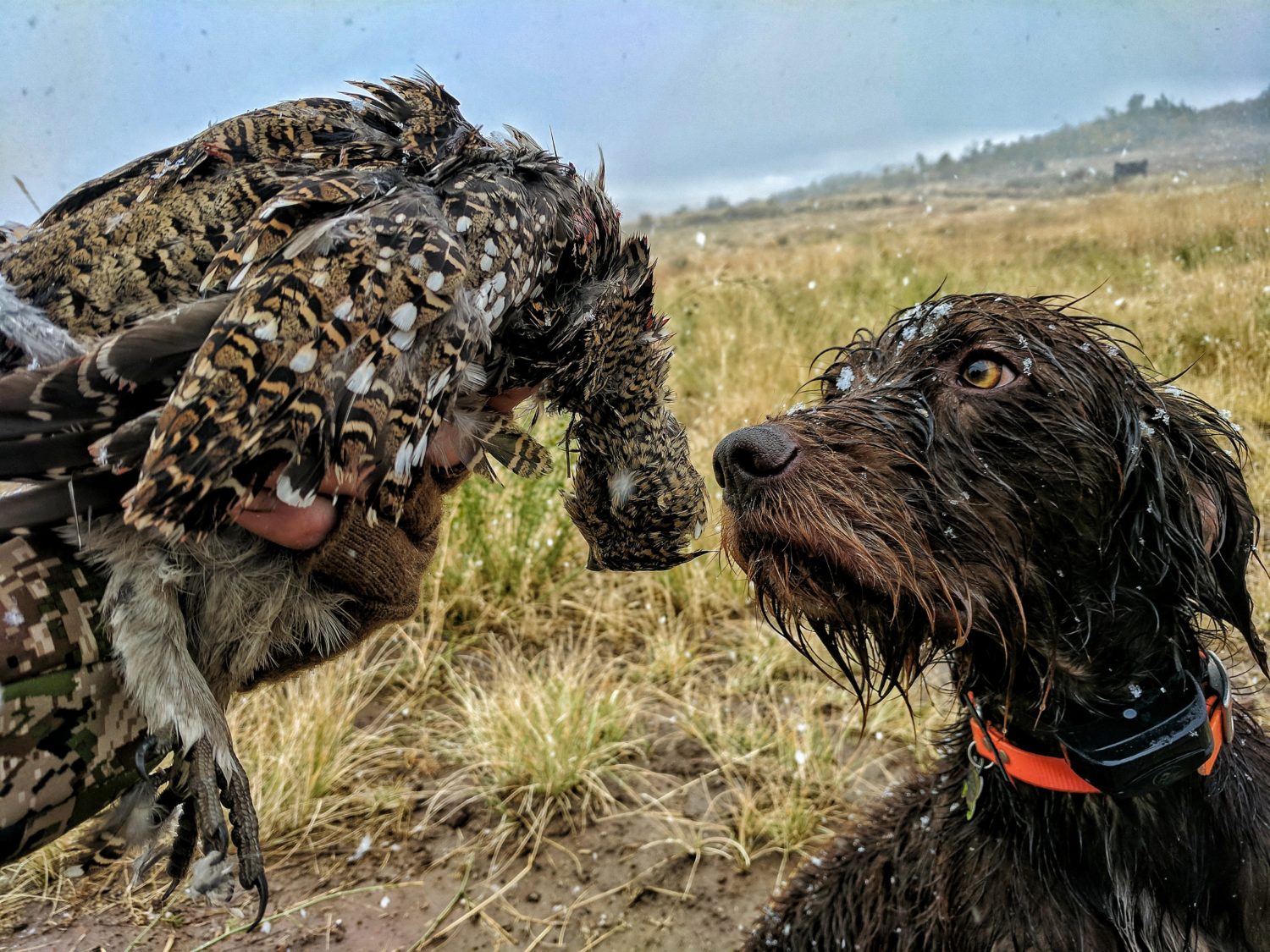
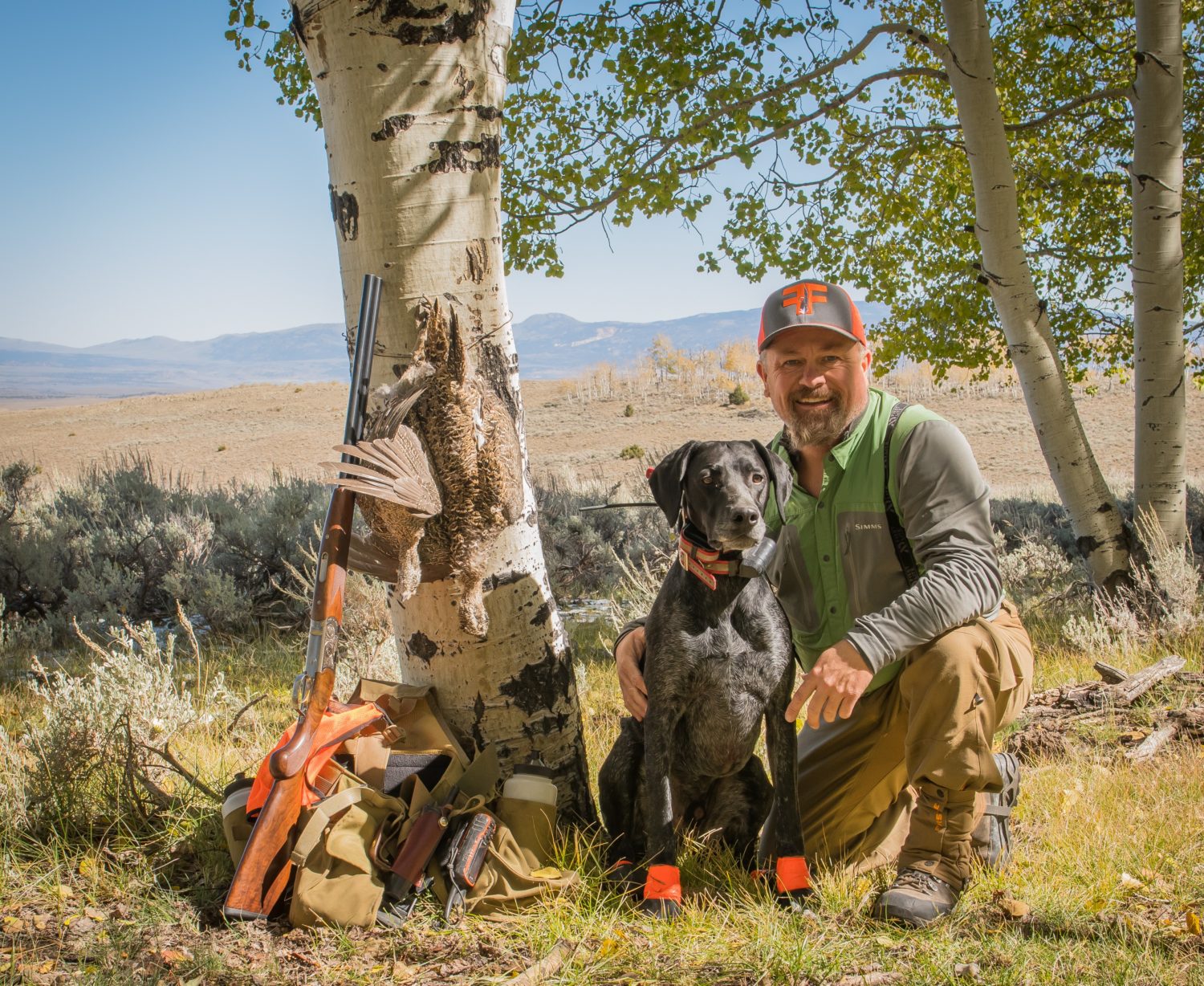
Theodore Roosevelt’s experiences hunting and fishing certainly fueled his passion for conservation, but it seems that a passion for coffee may have powered his mornings. In fact, Roosevelt’s son once said that his father’s coffee cup was “more in the nature of a bathtub.” TRCP has partnered with Afuera Coffee Co. to bring together his two loves: a strong morning brew and a dedication to conservation. With your purchase, you’ll not only enjoy waking up to the rich aroma of this bolder roast—you’ll be supporting the important work of preserving hunting and fishing opportunities for all.
Learn More
